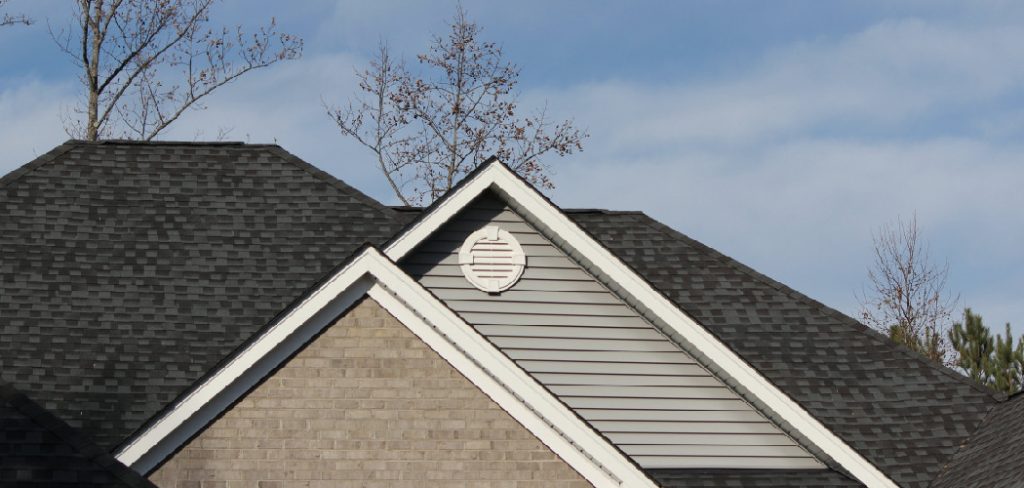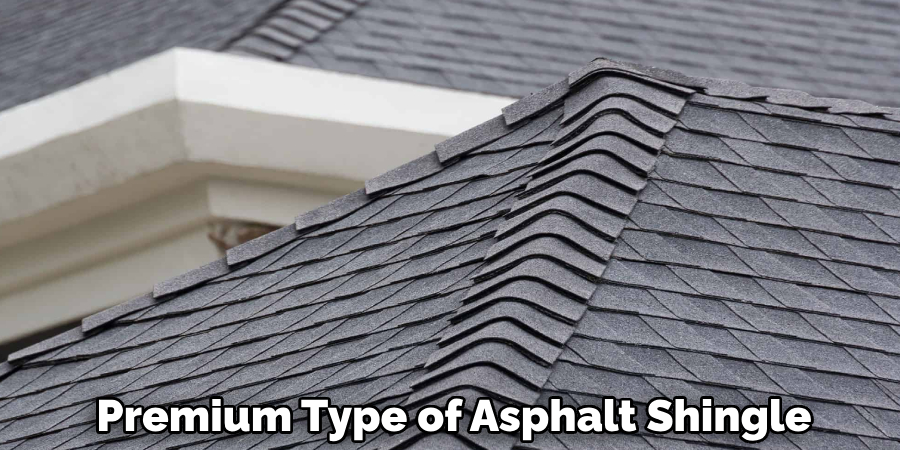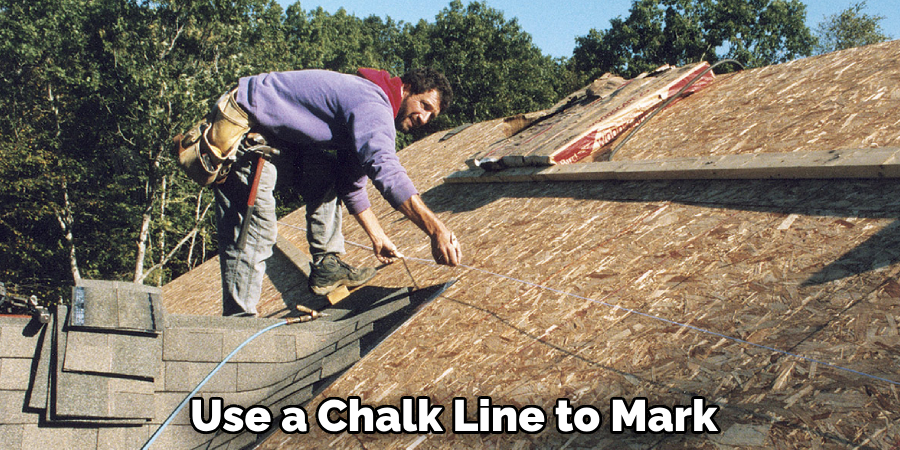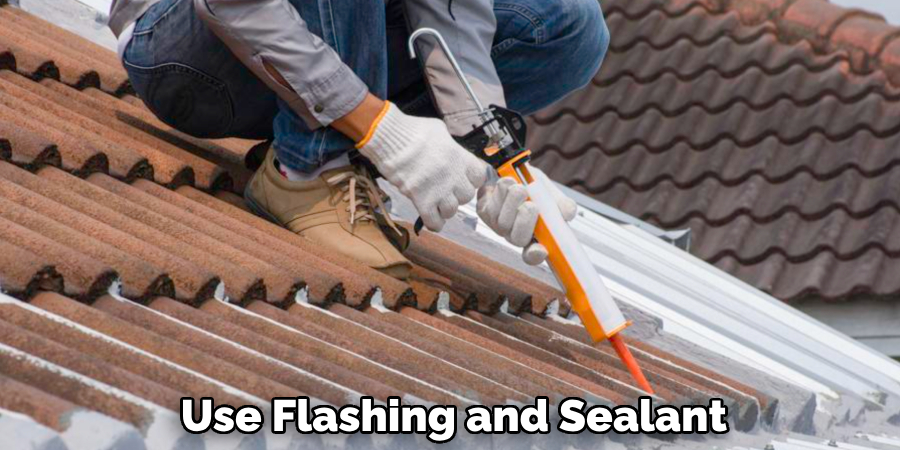Installing architectural roof shingles is a rewarding project that can enhance the aesthetic and longevity of your home’s exterior. Unlike traditional three-tab shingles, architectural shingles offer a more dimensional appearance and are known for their durability and resistance to the elements.

This guide will walk you through how to install architectural roof shingles, ensuring a professional finish and long-lasting protection for your home. Whether you’re a seasoned DIY enthusiast or a homeowner looking to learn more about roofing options, this comprehensive introduction to architectural roof shingles will serve as a valuable resource.
What Are Architectural Shingles
Architectural shingles, also known as dimensional or laminated shingles, are a premium type of asphalt shingle designed to offer superior aesthetics and performance compared to traditional three-tab shingles. They are constructed with multiple layers of asphalt that are fused together, providing a thicker and more durable product.
The distinct design of architectural shingles creates a three-dimensional appearance, enhancing the visual appeal of the roof with varied textures and shadow lines. These shingles are available in a wide range of colors and styles, allowing homeowners to select options that complement the architectural style of their home. Additionally, architectural shingles typically have a longer lifespan and often come with extended warranties, making them a popular choice for those seeking to invest in a roof that is both attractive and resilient.
Understanding Architectural Roof Shingles
Architectural roof shingles, also known as dimensional or laminated shingles, are a premium type of asphalt shingle designed to provide better durability and a more aesthetically pleasing appearance. These shingles consist of multiple layers of material fused together, creating a thicker and more textured look compared to standard three-tab shingles. This multi-layered structure not only enhances their visual appeal but also increases their resistance to high winds, extreme weather conditions, and potential damage from impact.

Available in a variety of colors and styles, architectural shingles can mimic the look of more expensive roofing materials such as cedar or slate, offering flexibility in design to suit various home styles. The enhanced durability and aesthetic options make them a popular choice among homeowners seeking both performance and beauty in their roofing materials.
10 Methods How to Install Architectural Roof Shingles
1. Gather Necessary Tools and Materials
Before beginning your roofing project, it’s essential to gather all the necessary tools and materials. For this task, you will need a variety of items, including architectural shingles, roofing felt or underlayment, roofing nails, a hammer or nail gun, a utility knife, a chalk line, a measuring tape, and a ladder for accessing the roof.
Additional safety gear, such as gloves, goggles, and a hard hat, is also important to protect yourself while working. Ensuring you have everything on hand before starting the installation will streamline the process and reduce interruptions.
2. Prepare the Roof Deck
The preparation of the roof deck is a crucial step that significantly affects the performance and longevity of your architectural shingles. Start by inspecting the existing roof for any damage, rot, or deterioration. Remove any old shingles, nails, and debris from the roof surface to create a clean working area.
If your roof deck is made of plywood or OSB (oriented strand board), ensure it is dry and in good condition. Any damaged areas should be repaired or replaced before proceeding. Once the roof deck is prepared, ensure it is smooth and level to provide a solid foundation for the new shingles.
3. Install Roof Underlayment
After preparing the roof deck, the next step is to install roof underlayment, which serves as a moisture barrier between the roof deck and the shingles. This layer is critical in protecting your home from water infiltration.
Begin by rolling out roofing felt or synthetic underlayment from the bottom edge of the roof to the peak, overlapping each subsequent row by 4 to 6 inches. Use a staple gun or roofing nails to secure the underlayment in place. Ensure that you cover the entire roof surface, paying special attention to valleys and eaves where water may accumulate. Proper underlayment installation will help safeguard your home against leaks.
4. Measure and Cut the First Row of Shingles
With the underlayment in place, it’s time to start measuring and cutting the first row of architectural shingles. Lay the first row of shingles along the lower edge of the roof, ensuring that they are aligned properly and extend over the eaves by about 1 inch. Use a chalk line to mark a straight line along the roof edge to guide your installation.

Once you have marked the line, use a utility knife to cut the shingles to the appropriate length, ensuring that the cut edge is straight. This initial row is crucial, as it sets the stage for the subsequent rows, so take the time to ensure accurate measurements and cuts.
5. Install the First Row of Shingles
Once the first row of shingles is cut and measured, it’s time to install them. Begin by placing the shingles along the chalk line, ensuring they are evenly spaced and flush with the edges.
Secure each shingle with roofing nails, placing four nails per shingle in a staggered pattern approximately 6 inches from the bottom edge and 1 inch from the sides. It’s essential to use the correct type of nails—galvanized roofing nails with a minimum length of 1.75 inches are typically recommended for architectural shingles. Proper nailing ensures that the shingles are securely attached and can withstand wind and weather conditions.
6. Stagger the Shingle Rows
To achieve a professional look and enhance the roof’s performance, stagger the shingle rows as you install them. Staggering involves offsetting the seams of each row of shingles, which helps to minimize the potential for water infiltration and provides additional strength to the roofing system.
Start the second row with a shingle that has been cut in half, allowing the seam to be placed over the center of the shingle below. Continue this pattern as you work your way up the roof, ensuring that each row is properly aligned and secured with nails. Staggering the shingles also creates a visually appealing aesthetic that enhances your home’s curb appeal.
7. Install Shingles Around Roof Features
As you progress with the installation, you will encounter various roof features such as chimneys, vents, and valleys. It’s essential to install shingles around these features properly to maintain a watertight seal. For chimneys, cut shingles to fit around the base, ensuring that they extend at least 6 inches above the roofline.
Use flashing and sealant to create a waterproof barrier where the shingles meet the chimney. For roof valleys, install a metal valley flashing before laying shingles over it, ensuring that the shingles overlap the flashing adequately to direct water away from the roof. Proper installation around these features is crucial for preventing leaks and water damage.

8. Install Ridge Cap Shingles
Once the main roof area is covered with architectural shingles, it’s time to install the ridge cap shingles at the roof’s peak. Ridge cap shingles are specifically designed to cover the peak and provide additional protection against wind and water.
Cut standard shingles into two halves to create the ridge caps, or purchase pre-cut ridge cap shingles for ease of installation. Start at one end of the ridge and work your way across, overlapping each piece as you go. Secure the ridge caps with nails, ensuring that they are properly aligned and that each piece is snug against the roof. This step not only enhances the roof’s appearance but also adds an extra layer of protection against the elements.
9. Inspect and Clean Up
After completing the installation of architectural shingles, it’s important to conduct a thorough inspection of your work. Look for any areas where shingles may not be securely fastened or where there are gaps that could lead to water intrusion. Ensure that all edges and seams are properly sealed and that flashing is installed correctly around any roof features.
After the inspection, clean up the work area by removing any debris, old shingles, and excess materials. Proper cleanup not only enhances the overall appearance of your home but also prevents potential hazards from loose materials.
10. Perform Routine Maintenance
Once your architectural shingles are installed, routine maintenance is essential to prolong their lifespan and ensure optimal performance. Regularly inspect your roof for signs of wear, damage, or debris accumulation. Clean gutters and downspouts to prevent water backup and ensure proper drainage.

Trim any overhanging branches that may pose a risk of damage to your shingles during storms. Additionally, consider having a professional roof inspection every few years to address any issues proactively. By investing time in maintenance, you can maximize the durability and functionality of your new roof.
Conclusion
Installing architectural roof shingles is a significant investment in your home’s value and protection. By following these ten methods—gathering necessary tools and materials, preparing the roof deck, installing roof underlayment, measuring and cutting shingles, securing the first row, staggering rows, installing around roof features, adding ridge cap shingles, inspecting and cleaning up, and performing routine maintenance—you can successfully navigate the installation process. Thanks for reading, and we hope this has given you some inspiration on how to install architectural roof shingles!
